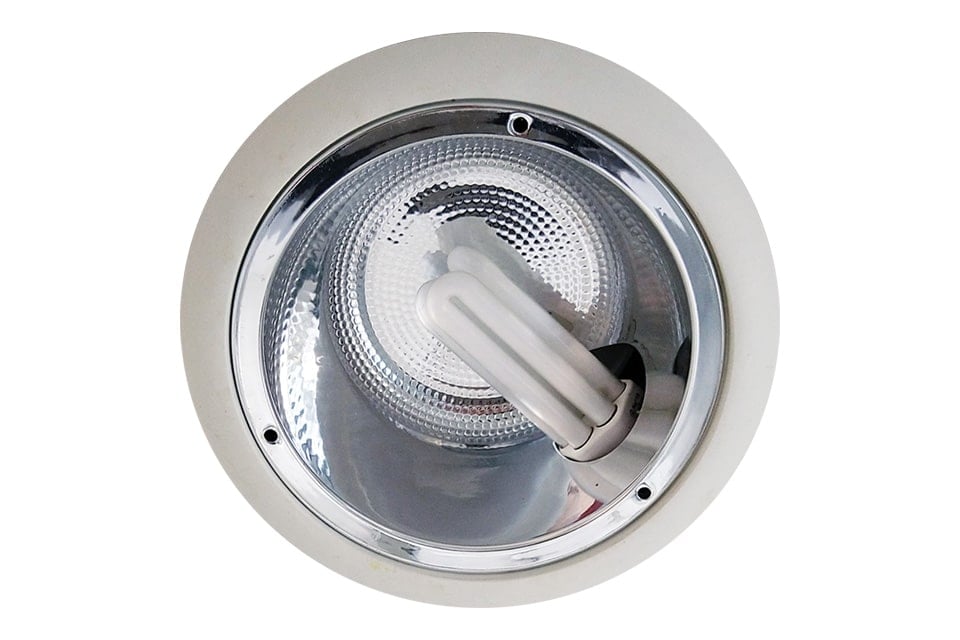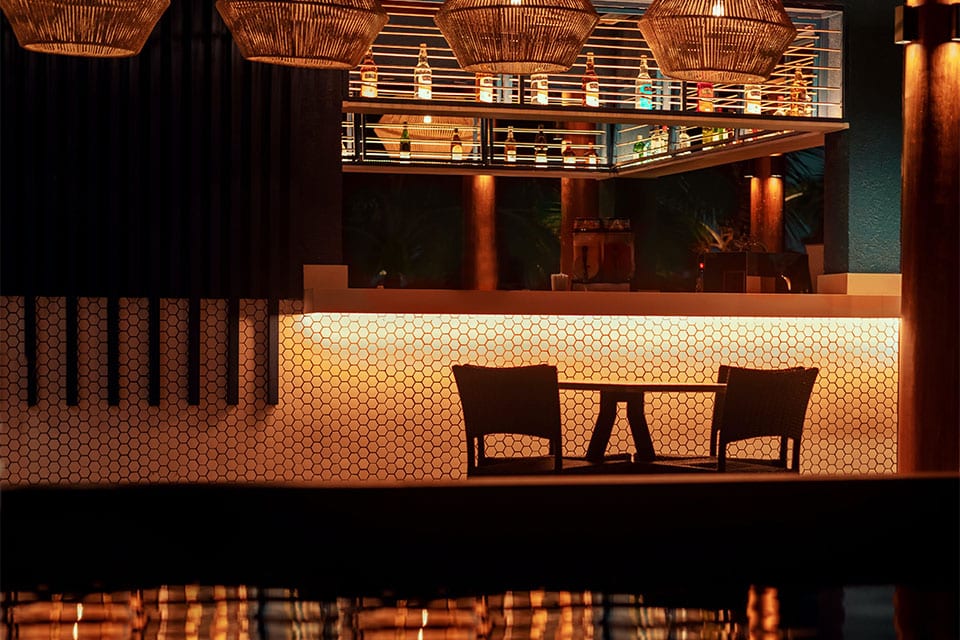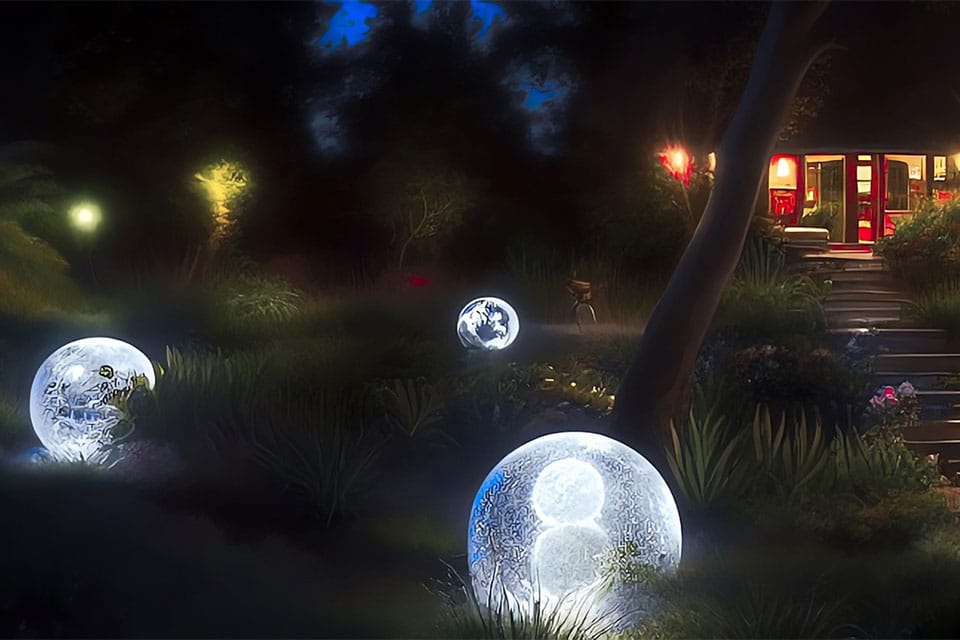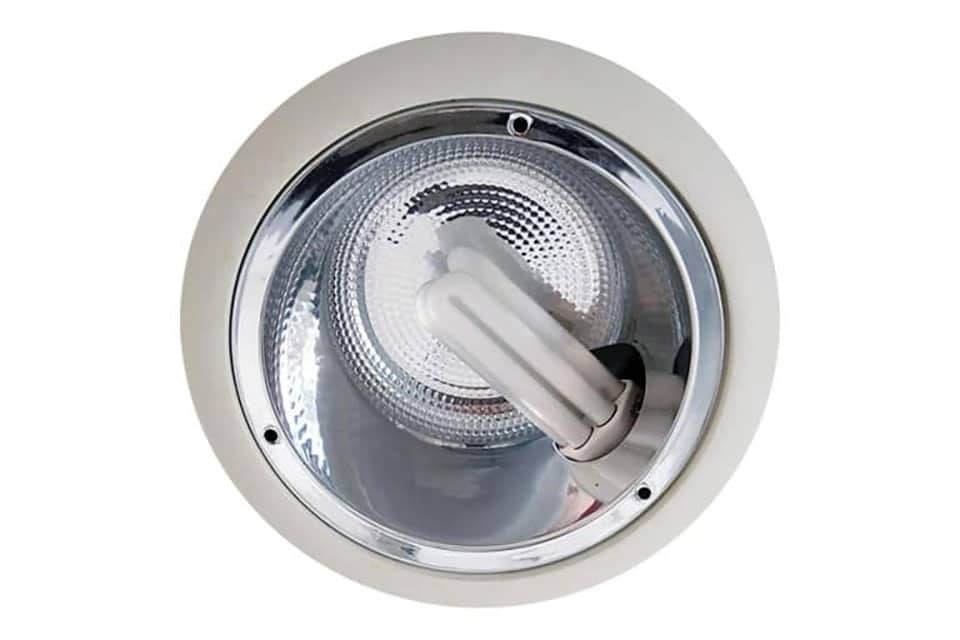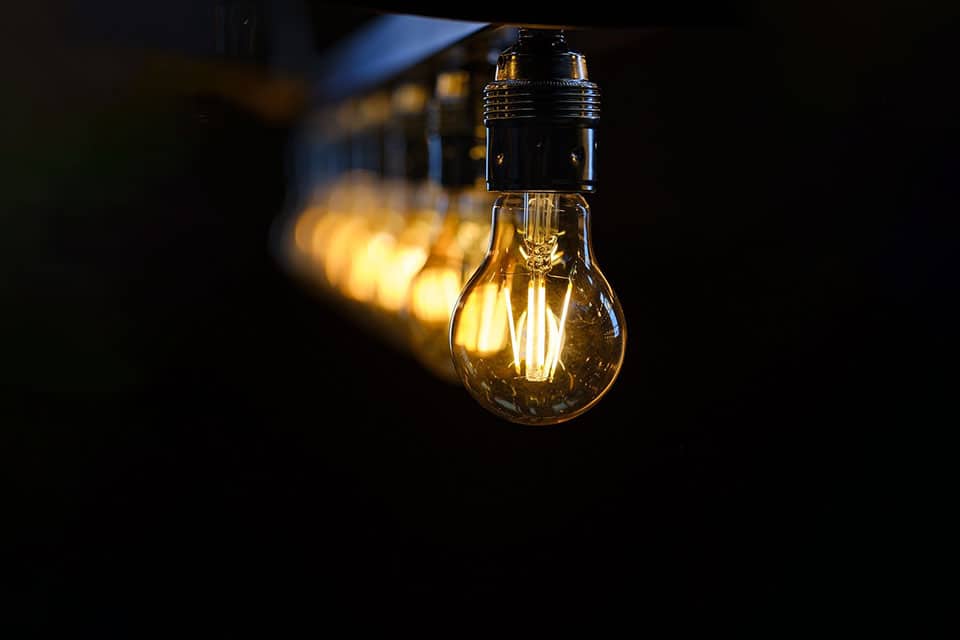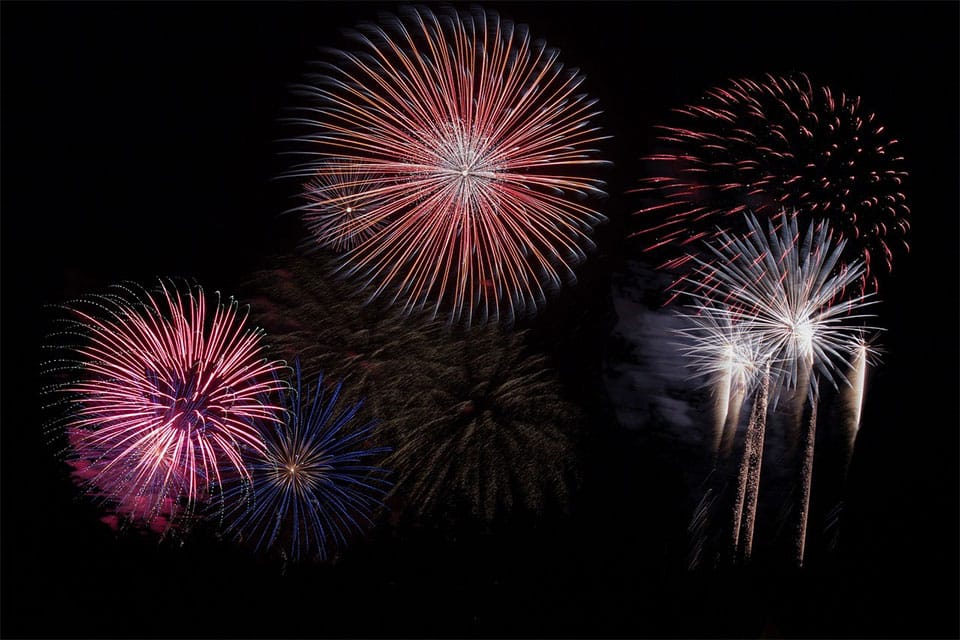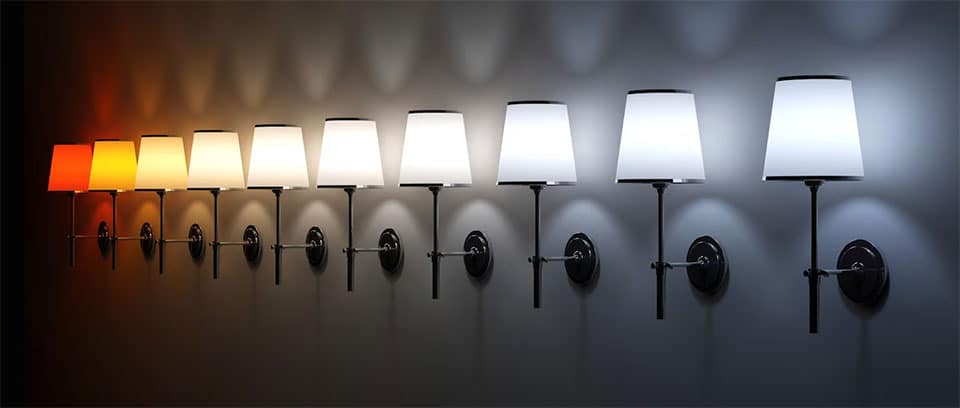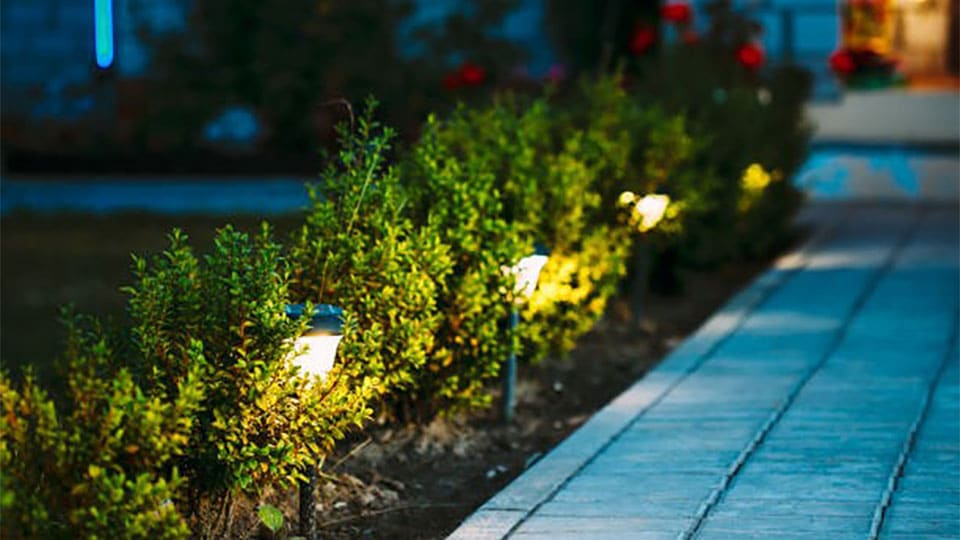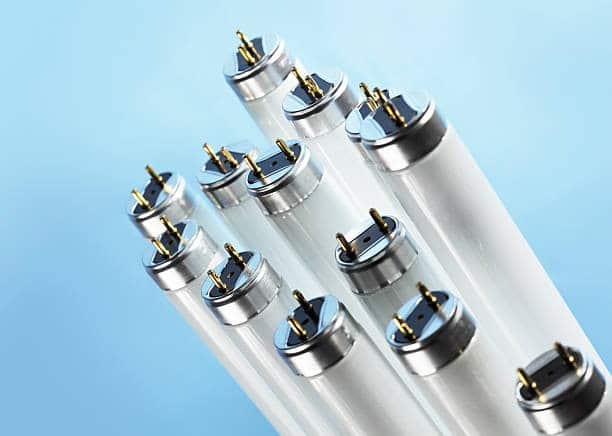If you are using non-integrated Compact Fluorescent lights, which with their low wattage and long lifespans, were once considered the latest energy saving solution, you may wonder why you should upgrade your fittings to LED.
Organisations and homes that use 2 and 4 pin compact fluorescent bulb fixtures can benefit by upgrading their fittings to complete LED fixtures in cost, upkeep, appearance and efficiency. The following are among just a few of the many advantages in greater detail.
Reducing your carbon footprint and electricity consumption
Electricity expenditures are an essential component in most property administrators’ monthly budgets. It can be challenging to come up with new ways to save costs without affecting consumer lighting. An easy and straightforward approach to save energy is to switch from Fluorescent to an LED lighting system. Old outdated CFL fittings can easily be updated, potentially reducing the original wattage by as much as 50 percent.
Reduced maintenance costs
In conjunction with notable energy savings, reduced operational costs are another less obvious approach to save money. Their exceptionally long lifetimes and consistent light can significantly lower your maintenance expenses. An LED fitting is an excellent choice for high level lighting and high traffic spaces, where access can be costly both in respect of hiring machinery to reach your light sources, or cause disruption in busy areas. All quality branded LED fittings come complete with a warranty back up, meaning you have the confidence to fit and forget.
Durability
CFL lamps are fragile and more prone to breakage, not only does this raise a cost issue and inconvenience, but also a health and safety concern. As well as having to handle broken glass, fluorescent contains substances such as mercury, which is hazardous to both humans and the environment, these lamps require careful disposal. LED fittings are is far more durable and do not contain such substances.
Switching cycles are also a consideration in regard to fluorescent technology, did you know that it takes more energy to start a fluorescent that it does to run it, frequently switching a CFL on an off can greatly reduce the lifespan, this is not an issue for LED.
Sustainability
Light-emitting diodes (LED) are among the most quickly evolving illumination technologies today. Up to 95 percent of the energy in an LED is converted to light, making them far more sustainable than their fluorescent counterparts, which release around 80 percent of their energy as heat.
Effectiveness of Illumination
LEDs exceed their compact fluorescent equivalents when it comes to lighting efficiently. Their advanced technology and design produce a uniform even light throughout the whole unit, unlike many outdated CFL fittings where you can often see dim patches around the outline of the lamp. LED fittings will provide a superior quality of light as well as a far more aesthetically pleasing modern effect. They do not experience lumen depreciation as quickly as fluorescent lamps do, at the end of their quoted L70 lifespan an LED will still emit at least 70 percent of its original output.
Fluorescent lights emit multi-directional light, with a complete LED fitting, you can ensure that all of the functional light is directed where you need it to be.
Finally, and LED will provide you with instant light, whereas a fluorescent lamp has a much slower warm up time, this is particularly detrimental in settings such as care homes and hospitals or even domestic bathrooms, when bright light is required at the flick of a Switch.
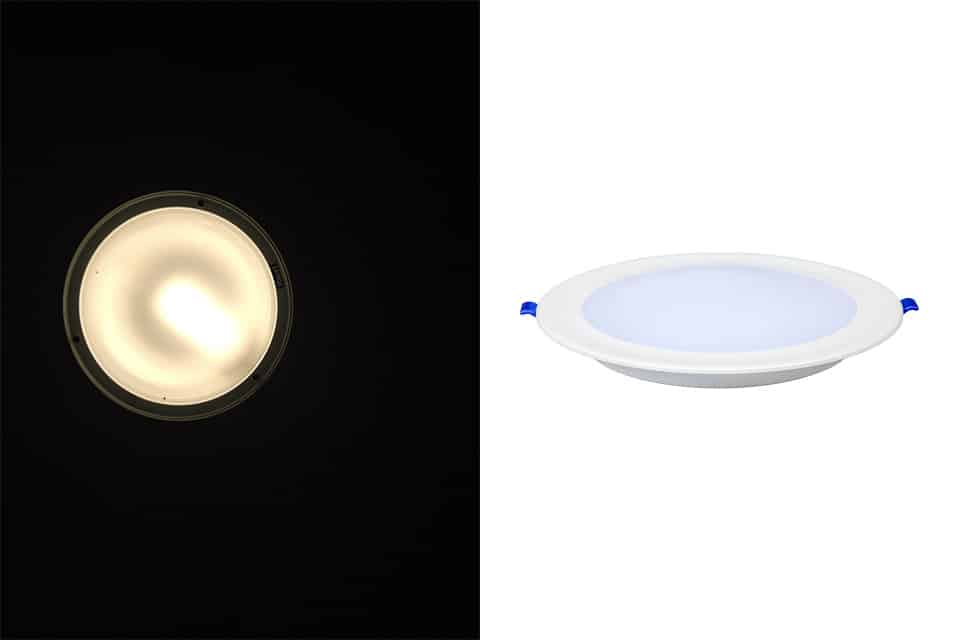
Versatility
The innovative design of LED light sources, make them incredibly versatile. Decorative finishes and accessories, varying lumen outputs, UGR19, emergency and Dali dimmable options, mean there will be a solution to meet your every requirement.
LEDs come in a variety of colours temperatures; some fittings are even available with the option to switch between as many as 3 colour temperatures with just the flick a switch, providing you with a variety of possibilities for increasing the visual experience of luminance.
Slim Lightweight and surface mounted versions are available, most ceiling types can be catered for.
Conclusion
LED lights consume very little electricity. While they may be more expensive at first than other lighting solutions, the rate of return will be well worth it. You’ll notice advantages immediately after upgrading.





















































































